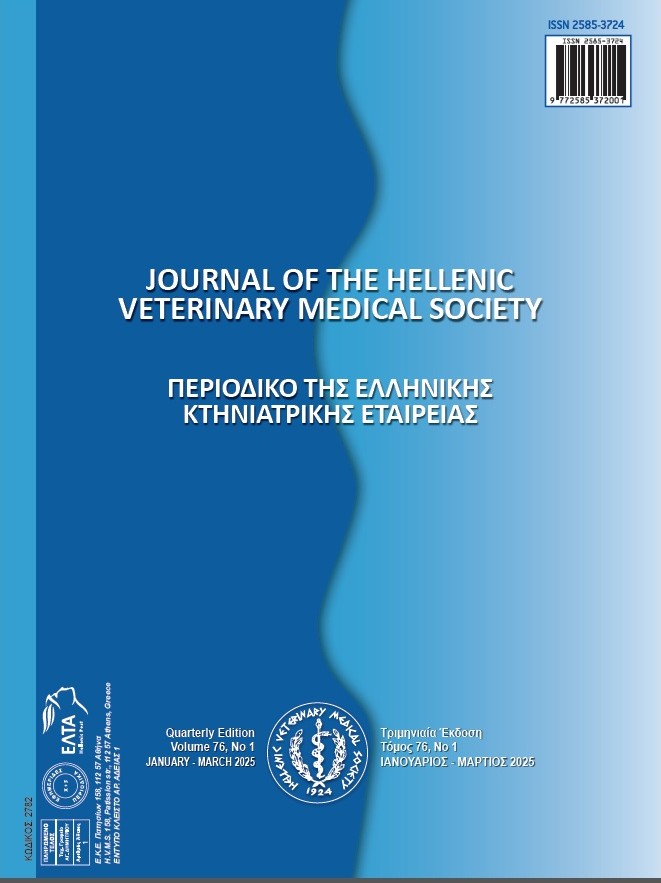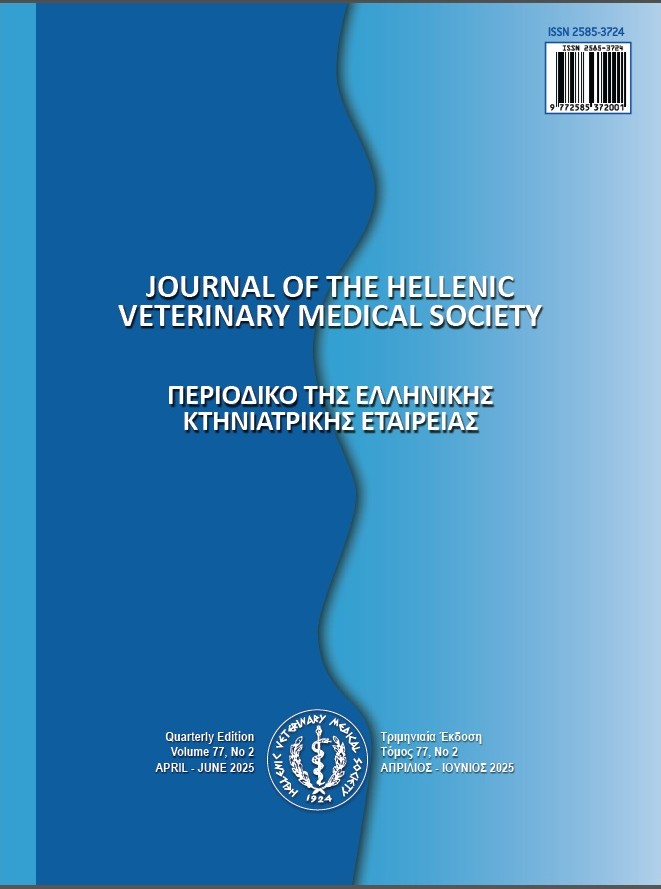Effects of Shiitake mushroom (Lentinus edodes) supplementation into quail diets on performance, blood serum parameters and intestine microbial populations Effects of Shiitake Mushroom (Lentinus edodes) Supplementations into Quail Diets

Abstract
This study was conducted to investigate the effects of shiitake mushroom (Lentinus edodes) (SM) supplementations into quail diets on live weight (LW), live weight gain (LWG), feed consumption (FC), feed conversion ratio (FCR), blood serum biochemical parameters (total cholesterol, total protein, triglyceride, glucose) and intestine bacteria populations. A total of 120 Japanese quail (Coturnix coturnix Japonica) were used in present experiments. Quail were separated into 4 groups (control and 3 treatment groups). Control group was fed with a basic ration and treatments groups were fed with 0.5, 1 and 2% shiitake mushroom-supplemented diets. Shiitake mushroom supplementations significantly influenced live weights (P<0.05). Differences in live weight gains, feed consumptions, feed conversion ratios, blood serum parameters and intestine bacteria populations of the treatment groups were not found to be significant (P>0.05). SM supplementations influenced live weight gains and feed conversion ratios in the 4th week of the experiments (P>0.05). SM supplementations also influenced blood serum glucose levels (P<0.05).
Article Details
- How to Cite
-
Ay, C., Ülger, İ, Kaliber, M., Hızlısoy, H., & Ayasan, T. (2023). Effects of Shiitake mushroom (Lentinus edodes) supplementation into quail diets on performance, blood serum parameters and intestine microbial populations : Effects of Shiitake Mushroom (Lentinus edodes) Supplementations into Quail Diets. Journal of the Hellenic Veterinary Medical Society, 74(2), 5709–5716. https://doi.org/10.12681/jhvms.30094
- Issue
- Vol. 74 No. 2 (2023)
- Section
- Research Articles

This work is licensed under a Creative Commons Attribution-NonCommercial 4.0 International License.
Authors who publish with this journal agree to the following terms:
· Authors retain copyright and grant the journal right of first publication with the work simultaneously licensed under a Creative Commons Attribution Non-Commercial License that allows others to share the work with an acknowledgement of the work's authorship and initial publication in this journal.
· Authors are able to enter into separate, additional contractual arrangements for the non-exclusive distribution of the journal's published version of the work (e.g. post it to an institutional repository or publish it in a book), with an acknowledgement of its initial publication in this journal.
· Authors are permitted and encouraged to post their work online (preferably in institutional repositories or on their website) prior to and during the submission process, as it can lead to productive exchanges, as well as earlier and greater citation of published work.








